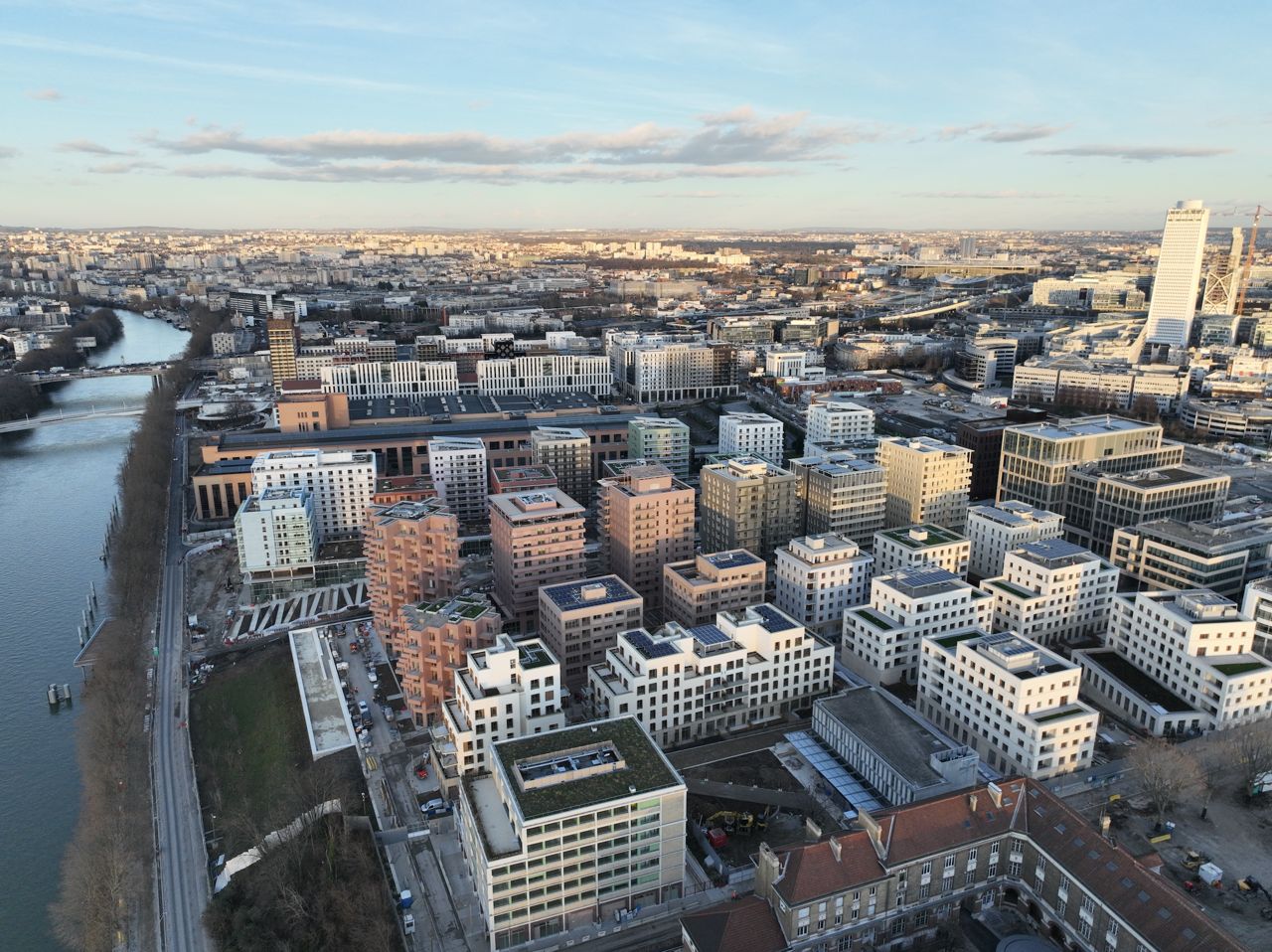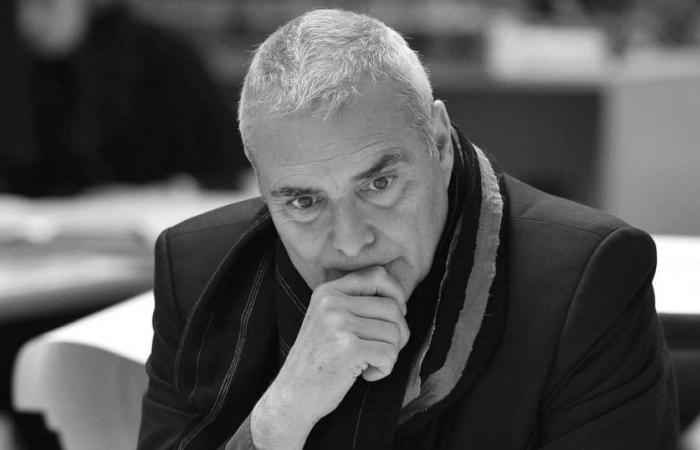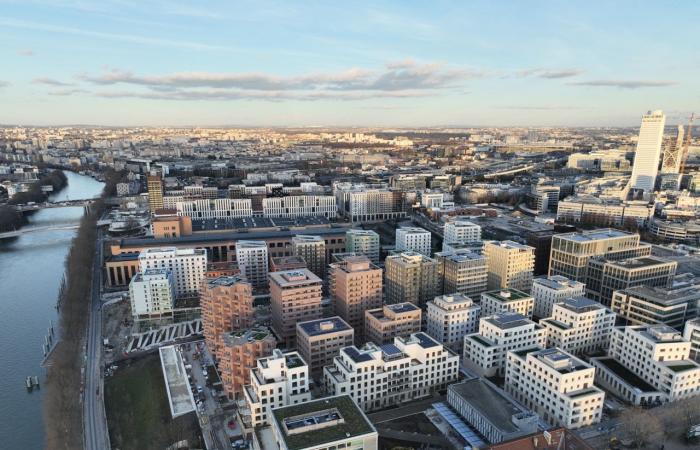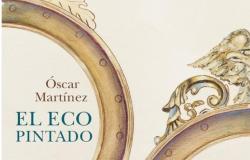The French architect and urban planner Dominique Perrault (71 years old) is known above all for his large projects, such as the successive expansions of the Court of Justice of the EU in Luxembourg – on which he has been working for two decades now – and, above all, the National Library of France (1995), which gave him international renown and earned him the concession of the Mies van der Rohe Prize in 1997.

National Library of France (1995), in Paris. Perrault won the Mies van der Rohe Prize for this work in 1997.


Architecture
The winning projects of the 2024 Architecture Awards will surprise you
He himself describes it as “a piece of urban art, a minimalist installation, the less is more of emotion, where objects and their materials are nothing without the light that transcends them.” Two things are important in French architecture: the relationship of the building with the environment and the attention to detail. His professional career is full of projects that attest to this.


Arganzuela Bridge in Madrid Río (2011).
Perrault: an architect who combines splendor and timelessness in his projects
Perrault, who opened his studio in Paris in 1981, is the author of numerous projects in Spainespecially in Barcelona, where he has designed hotels, such as the Melià Barcelona Sky, and office buildings, but also in León and Madrid, where he designed La Caja Mágica (2009) or the Arganzuela helical metal walkway (2011), in Madrid Río.
If you want to be up to date with everything we publish in Architecture and Design, subscribe to our newsletter.


Berlin Velodrome and Olympic Pool (1999): a simple geometric project, but very expressive.
In the early 1990s, Perrault completed some of his first commissions: a pair of residential buildings and an electrical engineering school, which attest to the cultural and technical modernization of France in the early 1980s governed by François Mitterrand. Already known outside France, Perrault signed other commissions in Europe, such as the new Innsbruck City Hall. Between the most relevant is the velodrome and swimming pool olympic from Berlinn (1999): a simple geometric project, but tremendously expressive, for which time has not passed. In fact, perhaps that is one of the most outstanding characteristics of Perrault’s work: his ability to create splendid and timeless architecture (two concepts that often do not get along at all).


Image of the Olympic and Paralympic Village: an urban project led by Dominique Perrault.
The Olympic and Paralympic Village: a new contemporary and open neighborhood
Another of the hallmarks of the French architect is the relationship that he always tries to create between the project and the place in which it is located. In the case of the Olympic and Paralympic Village in Paris, Perrault has imagined it as “a contemporary, open and innovative neighborhood” which in his opinion will offer athletes the opportunity to discover this territory on the banks of the Seine and discover the new face of Paris. The architect assures that “the Olympic Games create a strong relationship between the identity of a city, its urban planning and the practice of sport to provide the gathered nations with a common experience and values.”


The ultimate goal of the Olympic Village is to become a new neighborhood in Paris.
In any case, Perrault’s urban strategy in the case of the Olympic Village is above all a long term reflection which aims to transform a new sustainable neighborhood, “a fragment of the city available to everyone anchored in its territory and geography.” On some occasions, he himself has acknowledged that in his studio they do not build buildings, but what they make are landscapes. Perrault is not interested in the object itself, but in how it relates to the place. In this sense, his work as an urban planner is inseparable from that of an architect. Thus, from the studio they have always worked in different urban studios in Paris and other cities in France and Europe, such as Bordeaux, Nantes, Locarno, Vienna, Sofia, Luxembourg or Madrid.
National Architecture Award in 1993; Praemium Imperiale in 2015 and, as we have already said, the Mies van der Rohe Prize, surely the only great award that Perrault has not yet received is the Pritzker, which, however, other French architects of his generation have, such as Jean Nouvel or Anne Lacaton and Jean Philippe Vassal.






